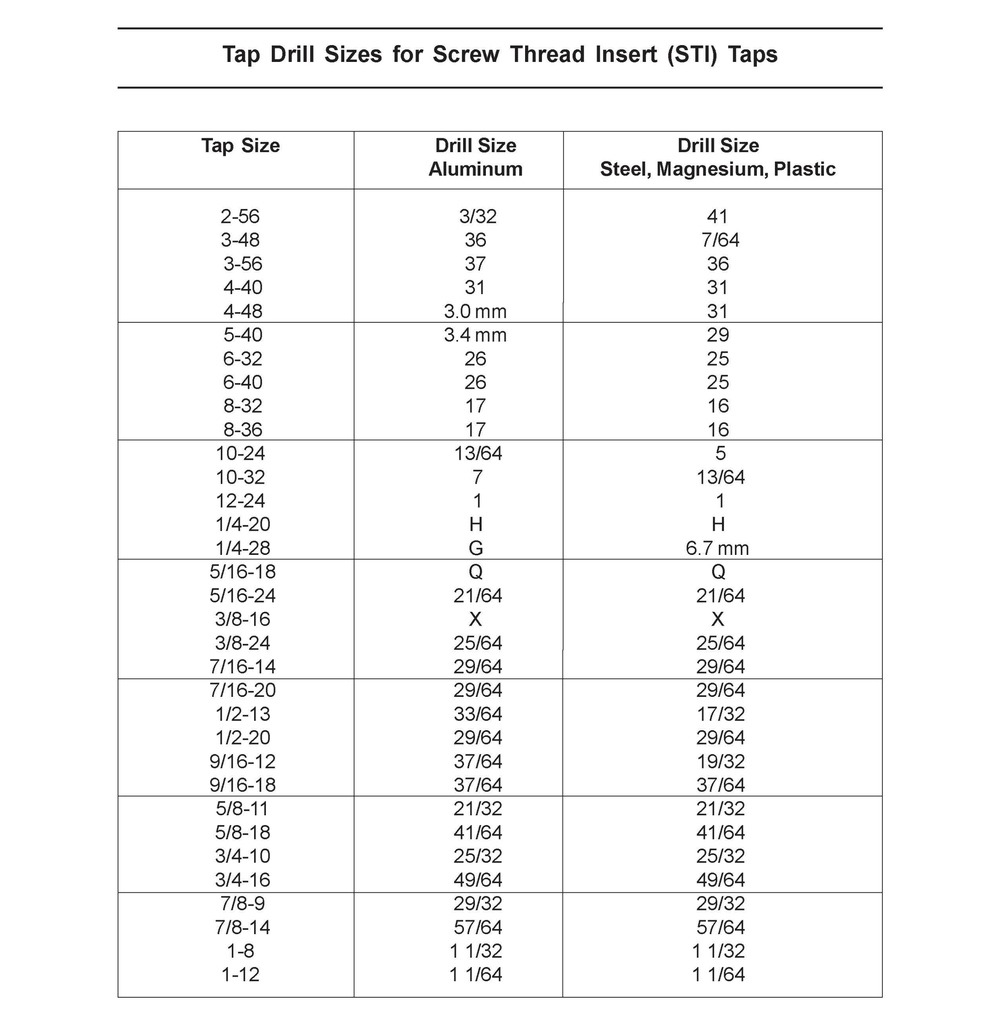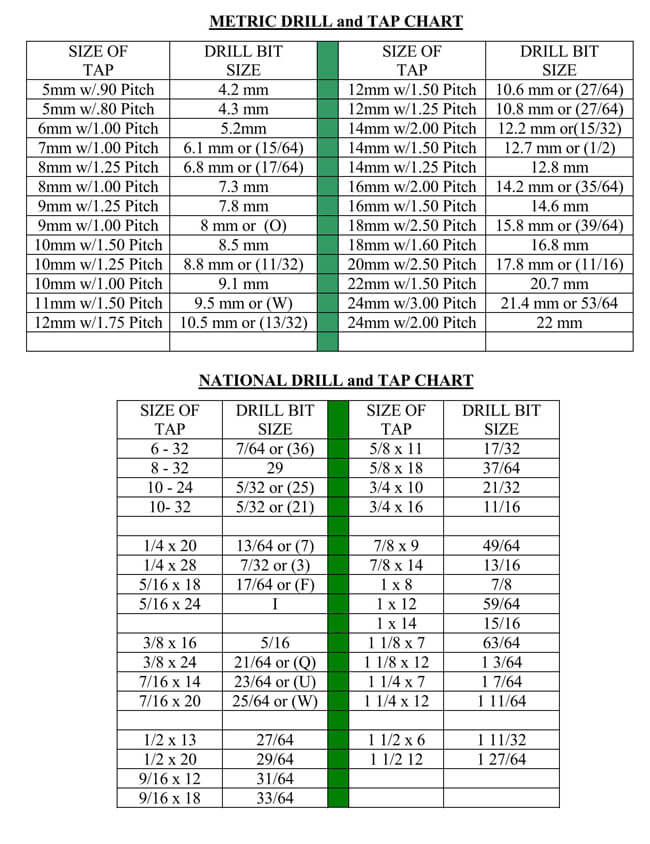
The three taps in the image illustrate the basic types commonly used by most machinists:īottoming tap or plug tap The tap illustrated in the top of the image has a continuous cutting edge with almost no taper - between 1 and 1.5 threads of taper is typical.

A tap and "T" wrench Various tap handles (wrenches).Ī tap cuts or forms a thread on the inside surface of a hole, creating a female surface that functions like a nut. Tap From top: Bottoming, plug and taper taps (US usage), or plug, second and taper (UK usage).

The GTD brand is now a part of Widia Products Group. GTD was so vital to the Allied war effort from 1940–1945 that anti-aircraft guns were placed around its campus in anticipation of possible Axis air attack. The largest tap and die company to exist in the United States was Greenfield Tap & Die (GTD) of Greenfield, Massachusetts. In the early 20th century, thread-grinding practice went through significant evolution, further advancing the state of the art (and applied science) of cutting screw threads, including those of taps and dies.ĭuring the 19th and 20th centuries, thread standardization was evolving simultaneously with the techniques of thread generation, including taps and dies. With the introduction of more advanced milling practice in the 1860s and 1870s, tasks such as cutting a tap's flutes with a hand file became a thing of the past. Joseph Clement was one such early vendor of taps and dies, starting in 1828. During the 19th century the machining industries evolved greatly, and the practice of buying taps and dies from suppliers specializing in them gradually supplanted most such in-house work. Thus builders of, for example, locomotives, firearms, or textile machinery were likely to make their own taps and dies. Metalworking taps and dies were often made by their users during the 18th and 19th centuries (especially if the user was skilled in tool making), using such tools as lathes and files for the shaping, and the smithy for hardening and tempering. Opened die from Löffelholz-Codex (Nuremberg 1505) With the splinters having been sanded off, the remaining parts were reassembled, encased in a makeshift mold of clay, and molten metal poured into the mold, so that an identical replacement could be made on the spot. When a wooden part broke, it usually snapped, ripped, or tore. This development eventually led to a complete replacement of wood parts with metal parts of an identical measure. Some nuts and bolts were measured by the foot or yard. As the loads grew ever heavier, bigger and stronger bolts were needed to resist breakage. While modern nuts and bolts are routinely made of metal, this was not the case in earlier ages, when woodworking tools were employed to fashion very large wooden bolts and nuts for use in winches, windmills, watermills, and flour mills of the Middle Ages the ease of cutting and replacing wooden parts was balanced by the need to resist large amounts of torque, and bear up against ever heavier loads of weight. Car mechanics, for example, use chasers on spark plug threads, to remove corrosion and carbon build-up. However they still fit tighter than actual fasteners, and are fluted like regular taps and dies so debris can escape. Chasers are made of softer materials and don't cut new threads. Because of this, machinists generally clean threads with special taps and dies-called chasers-made for that purpose. However, using an ordinary tap or die to clean threads generally removes some material, which results in looser, weaker threads. The process of cutting or forming threads using a tap is called tapping, whereas the process using a die is called threading.īoth tools can be used to clean up a thread, which is called chasing. A die is used to cut or form the male portion of the mating pair (e.g.

A tap is used to cut or form the female portion of the mating pair (e.g. Many are cutting tools others are forming tools. Taps and dies are tools used to create screw threads, which is called threading. Tap in a wrench for creating female threads (left), and die in a wrench for creating male threads (right).


 0 kommentar(er)
0 kommentar(er)
